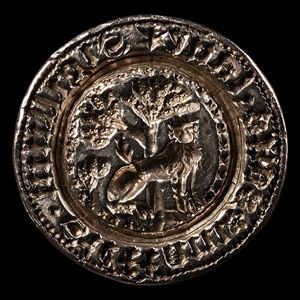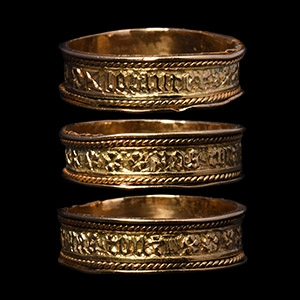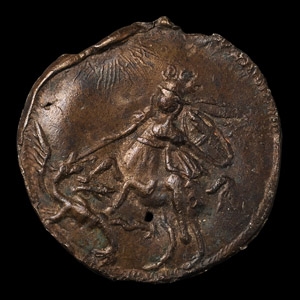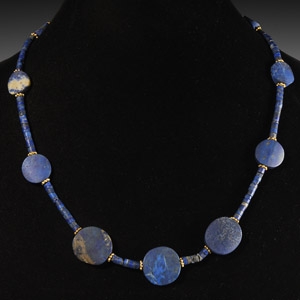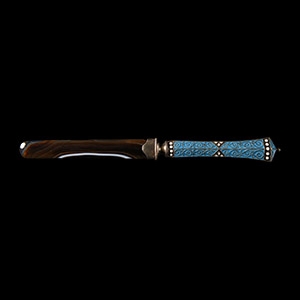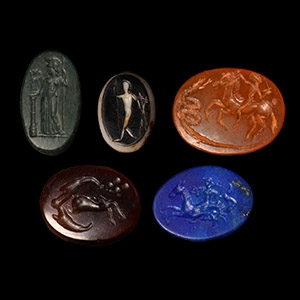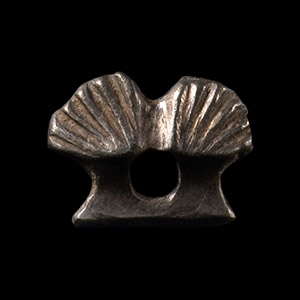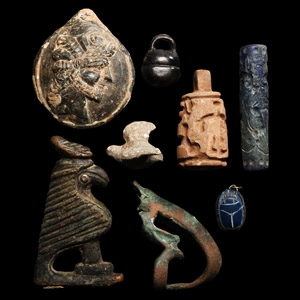Home > Auctions > 21 - 25 February 2023
Ancient Art, Antiquities, Natural History & Coins
Auction Highlights:
Acquired in 1988.
UK private collection.
Cf. The British Museum, museum numbers Am1995,13.3, m1968,03.1, Am1965,01.124.a, Am1943,07.76, for similar.
Acquired 1980-2015.
Ex Abelita family collection.
German collection formed before 2000.
Ex private European collection.
Acquired circa 2010.
From an old Essex, UK, collection.
Acquired 1980s-1990s.
H.N. collection, Milton Keynes, UK.
English private collection.
Acquired 1990s.
Ex French collection.
English private collection.
Acquired 1960s-1990s.
From the late Alison Barker collection, a retired London barrister.
Acquired 1980-2015.
Ex Abelita family collection.
Found whilst searching with a metal detector by Kevin Ford on 1st March 2019 in Chinnor, South Oxfordshire, UK.
Accompanied by a copy of the British Museum's Portable Antiquities Scheme Report (PAS) number OXON-86C7C3.
Accompanied by a letter to HM Coroner for Oxfordshire from the Oxfordshire Finds Liaison Officer (FLO) with treasure reference number 2019 T648.
British Museum's Portable Antiquities Scheme Database, record id. OXON-86C7C3.
The scallop shell was associated with St. James and the pilgrimage site of Santiago de Compostela in Spain, one of the most important pilgrimage centres in medieval Europe. The scallop shell became the symbol for pilgrimage more generally in this period. It is an overtly Catholic symbol which could have been worn with freedom before c. 1540, or in the period of the Marian revival of Catholicism from 1553-1558. Pilgrimage to the shrine at Compostela from England would have been interrupted by the English Reformation. The PAS report notes that similar examples have been declared as treasure, including: KENT-FEE744 (2014 T641) and NLM-538148 (2010 T539), both dating to the 16th century A.D.
Acquired 1990s.
Ex French collection.
1081 - 1092 of 2116 LOTS


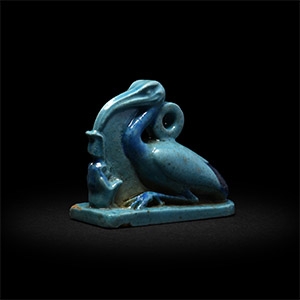



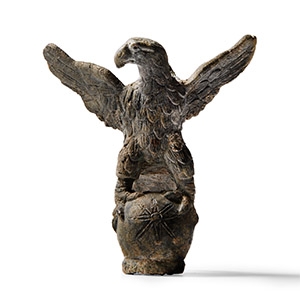
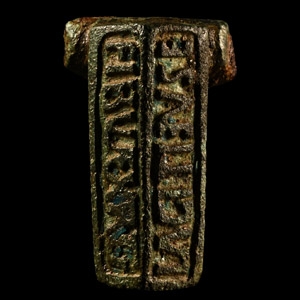

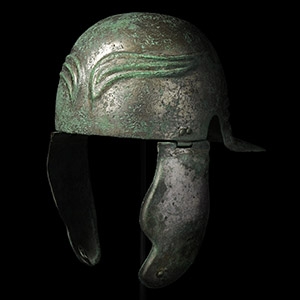
.jpg)
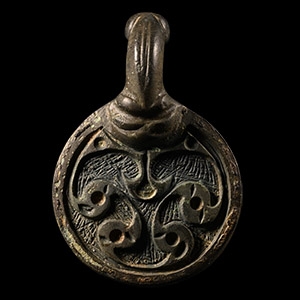
.jpg)
